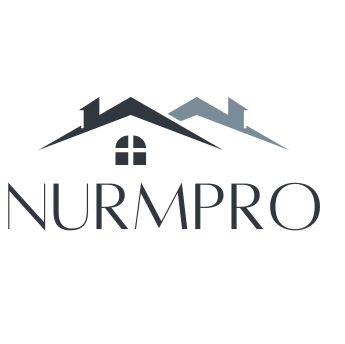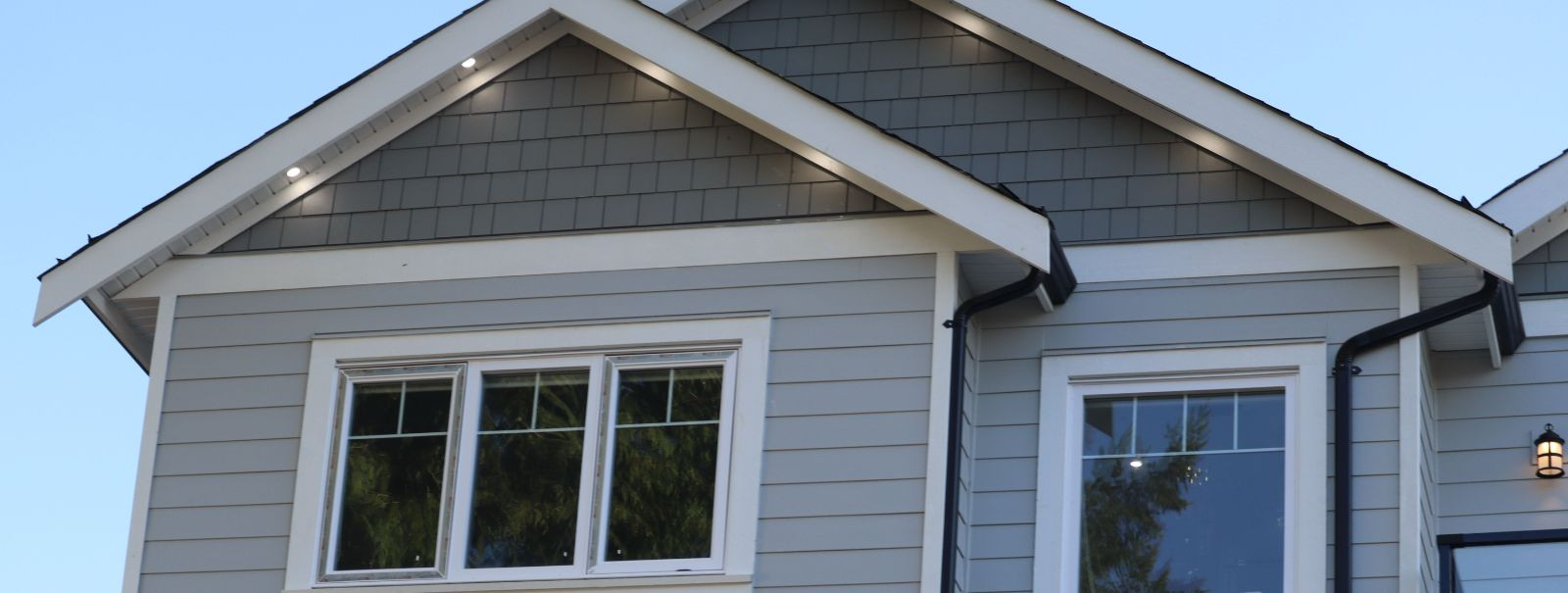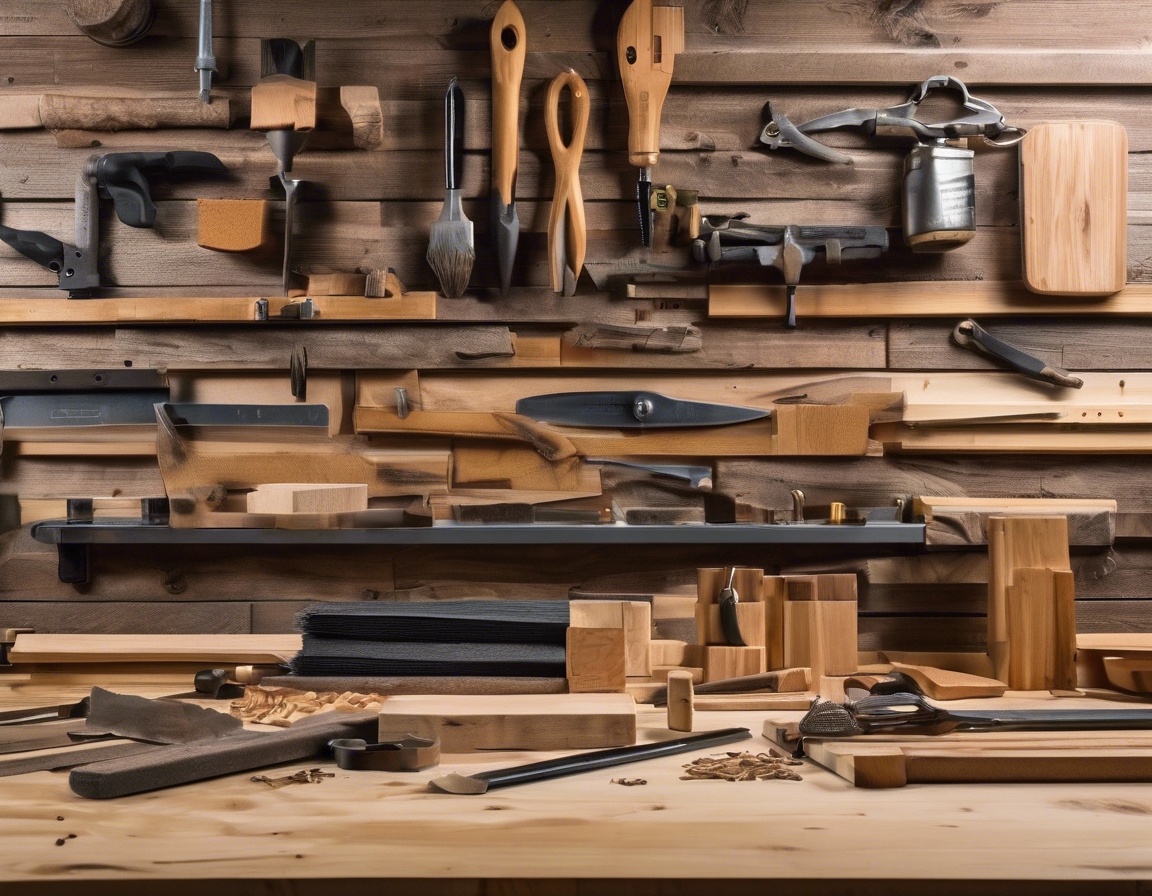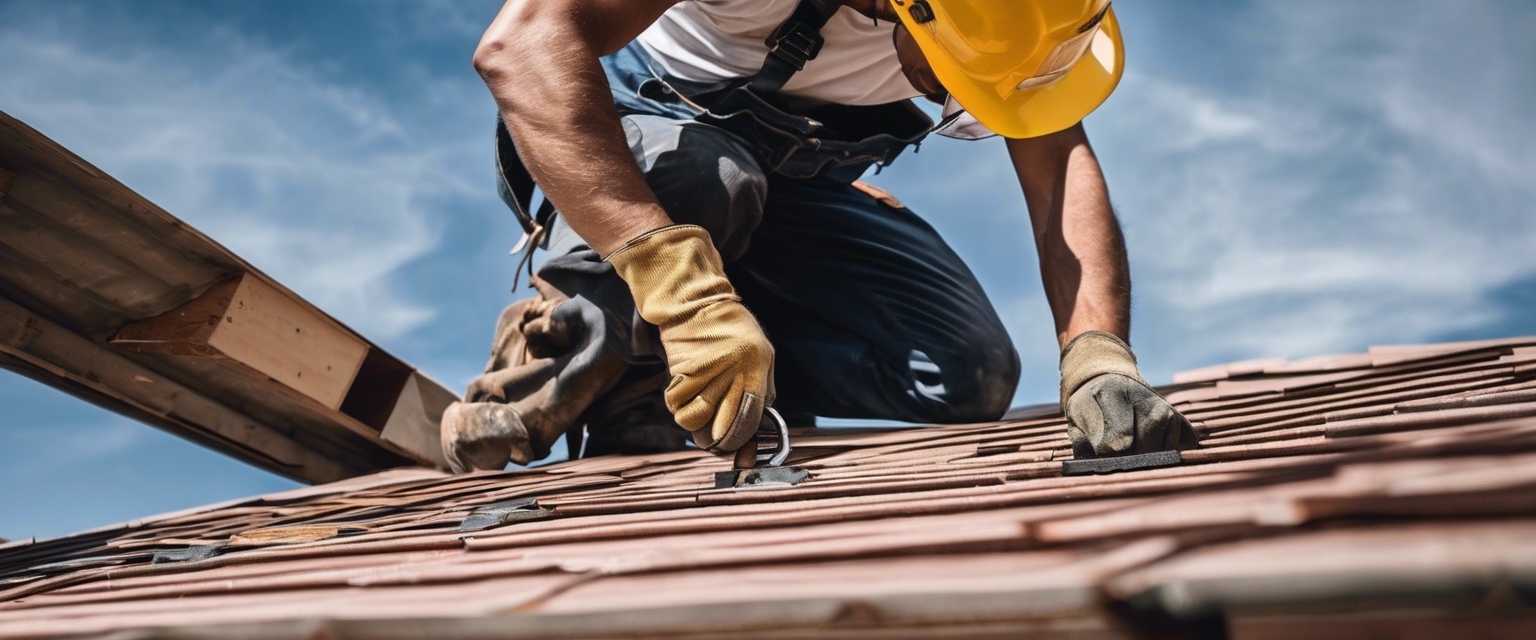How to choose the right cladding for your home
Cladding is an essential component of modern architecture, serving both functional and aesthetic purposes. It involves applying one material over another to provide a skin or layer intended to control the infiltration of weather elements or for aesthetic purposes. Choosing the right cladding for your home can significantly impact its appearance, energy efficiency, and overall value.
Understanding the Importance of Cladding
Cladding plays a crucial role in protecting your home from external elements such as rain, wind, and sunlight. It also enhances the thermal insulation of your property, contributing to energy efficiency. Moreover, cladding can dramatically improve the curb appeal of your home, making it more attractive to potential buyers.
Types of Cladding Materials
Timber cladding is a popular choice due to its natural beauty and versatility. It offers a warm and inviting look, making it ideal for both traditional and contemporary designs. However, it requires regular maintenance to prevent rot and decay.
Vinyl cladding is known for its durability and low maintenance. It is available in a wide range of colors and styles, making it a versatile option for homeowners. Vinyl is also resistant to moisture and pests, making it a practical choice for various climates.
Metal cladding, including options like aluminum and steel, offers a sleek and modern appearance. It is highly durable and resistant to fire, making it a safe choice for many homeowners. Metal cladding is also recyclable, aligning with sustainable building practices.
Brick cladding provides a classic and timeless look. It is highly durable and requires minimal maintenance. Brick is also an excellent insulator, helping to keep your home warm in winter and cool in summer.
Stone cladding offers a luxurious and natural appearance. It is incredibly durable and can withstand harsh weather conditions. Stone cladding is also an excellent insulator, contributing to energy efficiency.
Fiber cement cladding is a composite material made from cement, sand, and cellulose fibers. It is known for its durability and resistance to fire, moisture, and pests. Fiber cement cladding can mimic the appearance of wood, stone, or brick, offering versatility in design.
Factors to Consider When Choosing Cladding
The appearance of your cladding should complement the overall design of your home. Consider the color, texture, and style that best suits your architectural vision.
Choose a cladding material that can withstand the local climate and requires minimal maintenance. Durable materials will save you time and money in the long run.
Consider the environmental impact of your cladding choice. Opt for materials that are sustainable, recyclable, and have a low carbon footprint.
Cladding can vary significantly in cost. Set a budget and explore options that offer the best value for your investment without compromising on quality.
Ensure that the cladding material you choose is suitable for your local climate. Some materials perform better in certain weather conditions than others.
Tips for Selecting the Right Cladding
When selecting cladding, consult with professionals to understand the best options for your specific needs. Consider the long-term benefits and potential resale value of your home. Always prioritize quality and durability over short-term savings.






Comments (0)